TOP Sheet Metal Bending supplier from china
ETCN provides customers with different types of sheet metal bending and satisfies their needs such as bending stainless steel sheets, bending galvanized sheets, and bending titanium (copper or brass) sheets.
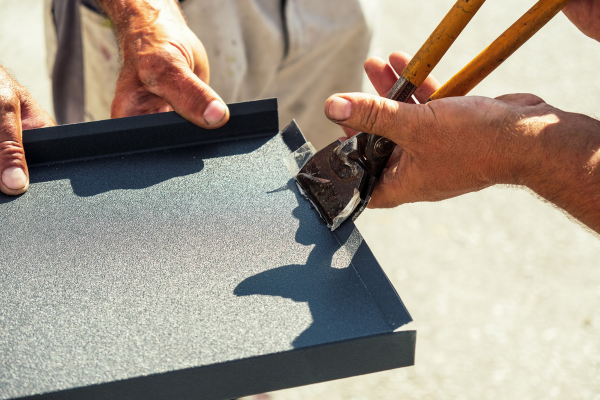
Sheet metal bending
Sheet metal bending is a process in which a piece of sheet metal is deformed by force, typically using a press brake or rolling machine. The process can be used to create objects with complex shapes, such as car fenders or airplane parts. Bending is also a common method of forming metal into pipes or tubes.
ETCN has invested heavily in its sheet bending press, making it capable of processing the demands of its customers. We offer several types of bending, including 2mm and 3mm steel plates, and also 16 and 14 gauge steel.
The different types of sheet metal bending
There are many different types of sheet metal bending, and each has its own advantages and disadvantages. The most common types are:
1) Cold bending: This is the most common type of bending, and is done by heating the metal until it is soft enough to be bent. This can be done with a torch or an oven and is the best method for large pieces of metal.
2) Hot bending: This method is used for smaller pieces of metal, and involves heating the metal until it is malleable enough to be bent. This can be done with a blow torch or an induction heater.
3) Press brake bending: This method uses a machine to bend the metal, and is the best option for precision bends.
4) Roll forming: This method uses rolls to bend the metal and is best suited for long, straight bends.
5) Slip rolling: This method uses a die to roll the metal into the desired shape. It is best suited for complex shapes.
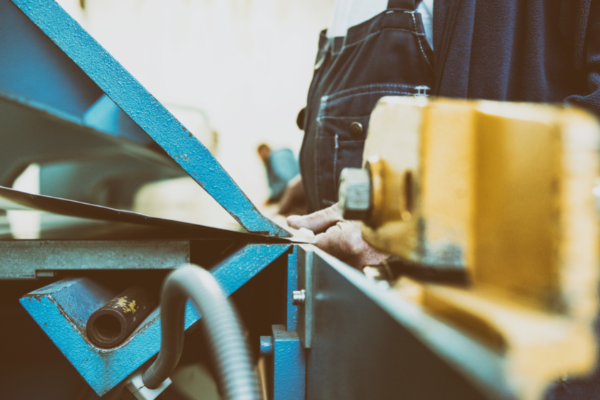
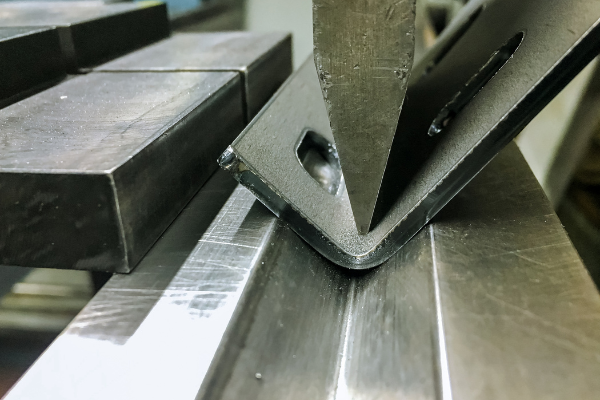
The benefits of sheet metal bending
If you’re looking for a way to add some extra strength and durability to your metalwork, sheet metal bending is a great option. This process can be used to create a variety of shapes and sizes, and can be customized to meet your specific needs. Here are just a few of the benefits that sheet metal bending can offer:
1. Increased Strength and Durability
One of the main benefits of sheet metal bending is that it can add extra strength and durability to your work. This is because the process of bending creates a stronger joint between the pieces of metal, which makes it less likely to break or become damaged.
2. Customizable Shapes and Sizes
Another great benefit of sheet metal bending is that it offers a lot of flexibility in terms of shapes and sizes. You can create virtually any shape or size you need, which is perfect for creating custom pieces or parts.
3. Increased Efficiency
Sheet metal bending can also help increase efficiency in your work. This is because it allows you to create complex shapes and sizes without wasting material. This means that you can save time and money by using this process instead of traditional methods like cutting or welding.
How to choose the right type of sheet metal bending for your project?
Here are a few things to consider when choosing the right type of sheet metal bending for your project:
1. The first thing to consider is the material you’re using. Some materials are better suited for certain types of bending than others. For example, aluminum is often bent using a process called hydroforming, while steel is usually bent using a process called press brake forming.
2. The next thing to consider is the size and shape of the piece you’re trying to bend. Some bending processes are better suited for large pieces, while others are better for smaller ones. For example, press brake forming is often used for large pieces, while hydroforming is better for smaller pieces.
3. The last thing to consider is the amount of force you need to apply to the material. Some materials require more force to be bent than others. For example, aluminum is a soft metal and can be bent with relatively little force, while steel requires more force to be bent.
Keep these factors in mind when choosing
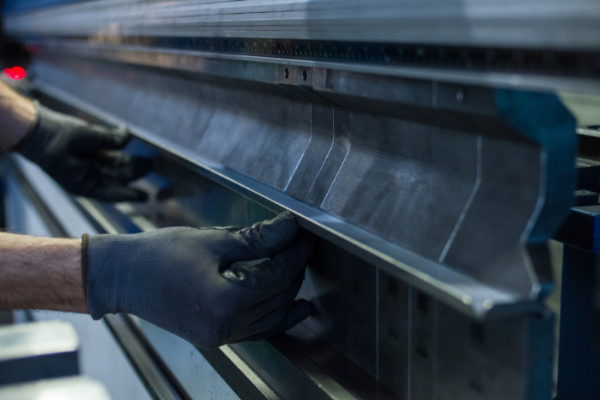
sheet metal bending FAQs
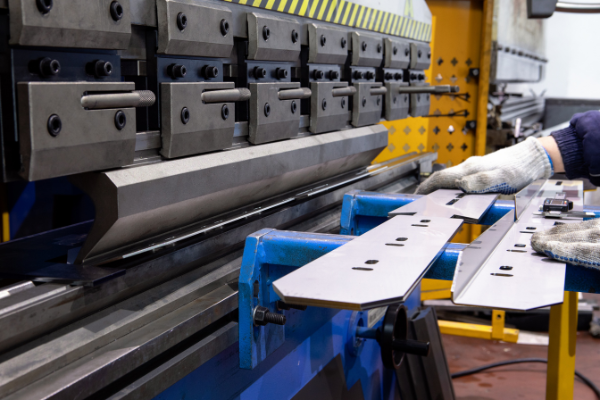
Frequently Asked Questions.
How do you make sheet metal bend?
There are several ways to make sheet metal bend. The most common way is to use a sheet metal brake. A sheet metal brake is a machine that uses leverage to bend the metal. The amount of bend will depend on the size of the machine and the settings that you use.
Another way to make sheet metal bend is to use a press. A press is a machine that uses hydraulic pressure to push the metal against a die. This method is often used for large bends or bends with complex shapes.
Finally, you can also make sheet metal bend by hand. This method is called hand forming, and it can be used for small bends or for shaping metal into complex shapes. Hand forming is often used in conjunction with other methods, such as using a press or a sheet metal brake.
No matter which method you choose, making sheet metal bend can be a complex process. There are many factors to consider, such as the type of metal, the thickness of the metal, and the desired shape of the final product. But with careful planning and execution, you can create beautiful and functional pieces of bent sheet metal.
What are the two types of sheet metal bending?
There are two types of sheet metal bending: brake forming and roll forming. Brake forming is a process where the sheet metal is bent by pressing it between two dies. Roll forming is a process where the sheet metal is passed through a series of rollers that gradually bend it into shape.
Can you bend sheet metal by hand?
If you’re working with sheet metal, it’s important to know if you can bend it by hand. After all, this can save you a lot of time and effort when working on projects. So, can you bend sheet metal by hand?
The answer is yes, but there are a few things to keep in mind. First, the thickness of the metal will make a difference. Thinner sheets can be bent by hand, while thicker ones may require special tools. Second, the type of metal will also affect how easy it is to bend. Softer metals like aluminum are usually easier to work with than harder ones like steel.
Finally, it’s worth noting that even if you can bend the sheet metal by hand, doing so may not always be the best option. If you’re working on a large project or something that needs to be very precise, it’s probably better to use specialized tools. But for smaller projects or those where accuracy isn’t as critical, bending by hand can be a great option.
What thickness of sheet metal can you bend?
Bending sheet metal is a process that can be performed with a variety of tools and machines, depending on the thickness of the metal. For example, thin sheet metal can be bent with a hand tool called a bending brake, while thicker sheet metal requires a power-operated bending machine.
The thickness of sheet metal that can be safely bent depends on several factors, including the type of metal, the radius of the bend, and the amount of force required. In general, however, most types of sheet metal can be bent up to about 1/8 inch thick. Thicker metals may require special techniques or may not be possible to bend at all.
If you need to bend sheet metal that is thicker than 1/8 inch, it is best to consult with a professional who has experience with this type of work. They will be able to advise you on the best way to achieve the results you are looking for.
Request a Quote
Do you need a quote for your high-precision part? Contact us now by phone, email, or through our contact form.